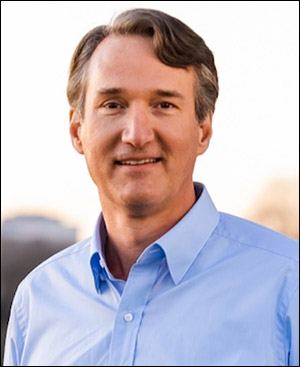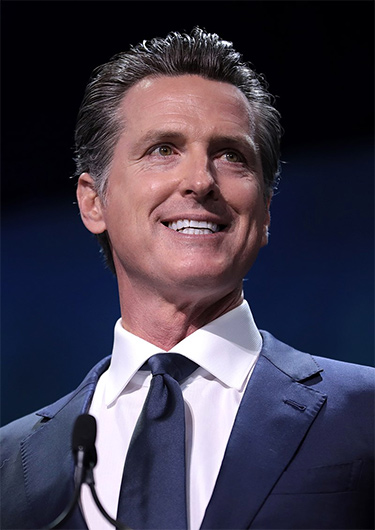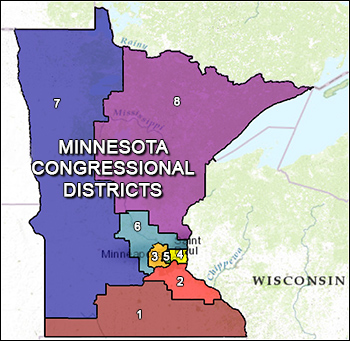By Jim Ellis — Thursday, Aug. 10, 2023
President

President Joe Biden / Photo by Gage Skidmore
The Premise research organization tracks the presidential race every two weeks, and their latest release finds Biden falling behind former President Donald Trump, even on their nationwide ballot test.
The survey (Aug. 2-7; 1,726 US adults; 1,306 self-identified registered voters; via the Premise “smartphone application”; weighted) gives Trump a seven-point lead, 41-34 percent, within the entire adult sampling universe, and 42-38 percent among the self-identified registered voters. The troubling part of this survey from the Biden campaign’s perspective is not so much trailing Trump but posting support numbers only in the 30s – this, for an incumbent president with 100 percent name identification.
Overall, the sampling universe is very pessimistic. The group breaks 17:68 percent on the right direction/wrong track question, President Biden’s job approval is 30:59 percent positive to negative, and 82 percent rates the US economy as either fair or poor. Among Democrats and Democrat-leaning Independents, 55 percent believe that the president should not run for re-election.
This poll isn’t the only one that detects Biden losing political luster. The Morning Consult tracking survey (Aug. 4-6; 6,000 US registered voters; online) finds Biden leading Trump on the national ballot test, but only by one percentage point, a very low number for these tracks that generally post Biden to stronger numbers.
In Michigan, Emerson College’s latest survey (Aug. 1-2; 1,121 registered Michigan voters; multiple sampling techniques) sees Trump forging a 43-41-4 percent lead with Dr. Cornel West on the ballot as the Green Party candidate.
Emerson’s Arizona poll (Aug. 2-4; 1,337 registered Arizona voters; multiple sampling techniques) finds Trump holding a one point lead, again with Dr. West attracting four percent support.
Returning to the Premise poll, the data also finds the majority believing that he will continue his campaign even if convicted and sentenced to prison. A total of 70 percent of the respondent sample, led by a 79:21 percent split among Republicans and Republican-leaning Independents, believe he would continue the race.
The legal situation would change voter sentiment only if the former chief executive were actually in prison at the time of the election. Here, only 39 percent said they would support him if he were in prison, while 52 percent said they would not. This, even though a majority of the sample (53 percent) believes he is guilty of the charged crimes.
Looking at the length of time the entire court process consumes, including appealing all the way to the Supreme Court if convicted, it is highly unlikely that Trump would enter prison before the election. It is probable that even the trials would be delayed until after the general election is held.
There is increased speculation that for some reason President Biden will end his campaign and the Democrats will be forced to find a new nominee. While this scenario is highly unlikely, the Premise pollsters asked the question as to who the self-identified Democrats and Democrat leaning Independents would support.
While most believe that California Gov. Gavin Newsom is waiting in the wings, he doesn’t fare particularly well within this national polling sample. According to the Premise results, it is Vice President Kamala Harris who tops the field with 21 percent support. Gov. Newsom falls to fourth place with only 10 percent backing, and just ahead of Transportation Secretary Pete Buttigieg who posts seven percent.
The second- and third-place finishers are unlikely candidates. This sample would choose former Secretary of State Hillary Clinton second at a 15 percent support level with two-time presidential candidate, Vermont Sen. Bernie Sanders, just behind at 14 percent.
Obviously, polling more than a year before the election and five months ahead of the first primary vote means very little. The numbers vary virtually by the day, but these latest figures do show a significant trend change. Whether this becomes an entrenched pattern remains to be seen.





